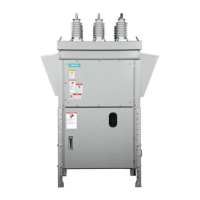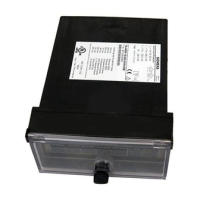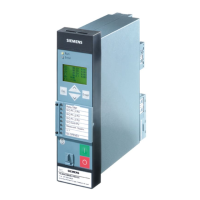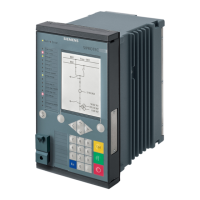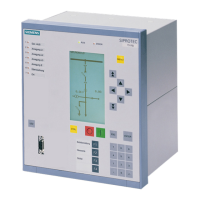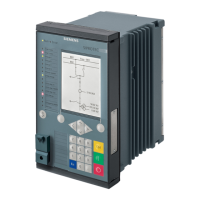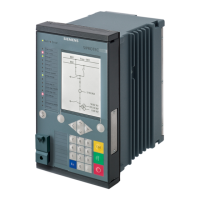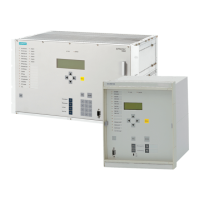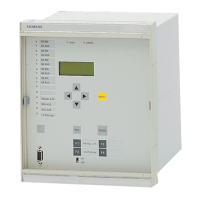45
For problem-free use of residual current protective devices in practical applica-
tions, the stationary leakage current should be ≤ 0.3 * I
Δn
.
• Dynamic leakage currents
Dynamic leakage currents are transient currents to ground or the PE conductor.
They occur in the range from a few μs to a few ms, especially when devices
with lter circuits are switched. Their duration depends on the time constant
that is derived from the circuit impedances, and above all on the switching
device that is used to connect the lter to the power supply. Depending on
the design of the lter circuit, short-time high capacitance values to PE can
arise because of the non-uniform contact of the various switching contacts
which are reduced to low residual values to PE owing to the star connection
of the capacitors after the device has been fully closed.
These dynamic leakage currents can have a magnitude of a few amperes and
hence also trip instantaneous RCCBs with I
Δn
= 300 mA. The peak value of the
dynamic leakage current must be determined in the PE conductor by means of an
oscilloscope. The equipment must be arranged in an insulated setup, so that the
complete leakage current is able to ow back along the measurement path. The
use of super-resistant residual current protective devices (Type
K
) is recommen-
ded to prevent unwanted tripping in these kinds of application.
5.2.3.2
High load currents
Even if no leakage currents are present, an RCCB can still be spuriously tripped as
a result of high load currents (> 6x I
n
) These high load current peaks can lead to
different magnetizations in the magnetic strip core because the arrangement of
the primary conductors is not absolutely symmetrical and the secondary winding
on the circumference of the summation current transformer for residual current
detection is not completely closed, so that a tripping signal is produced. Tripping
can also result if the magnetic eld around the current carrying conductor is
directly irradiated onto the holding magnet release. High load current peaks are
especially common in conjunction with the direct-online start of motors, lamp
loads, heater windings, capacitive loads (capacitances between L and N), and
medical equipment such as CT machines or X-ray equipment.
According to the product standard, RCCBs are resistant to spurious tripping at up
to six times the rated current.

